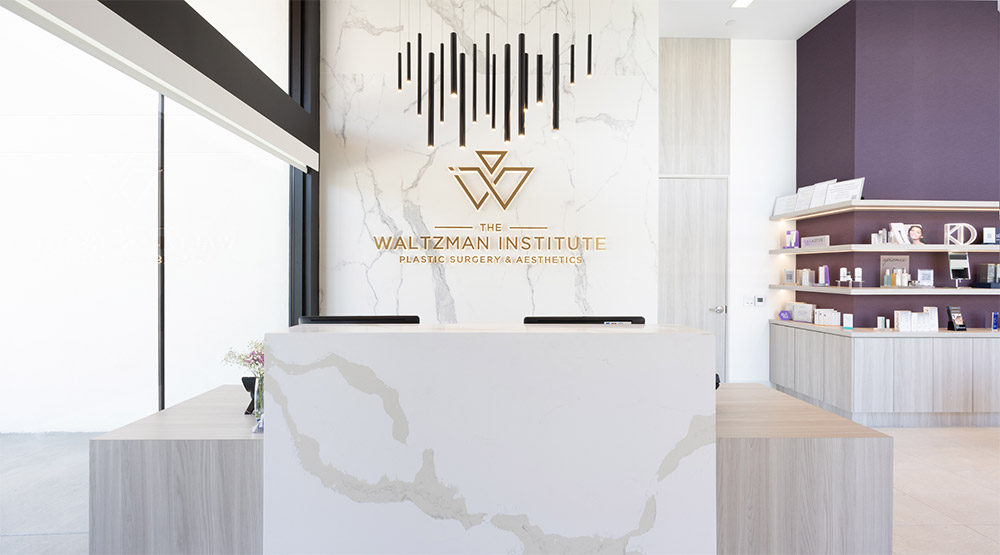“In the business of healthcare, investing in patient outcomes will always yield the highest returns.” – Arianna Huffington
Private equity firms have long recognized the potential of healthcare investments. With the rising demand for quality healthcare services and elevated patient experiences, medical interior design has become a crucial factor in determining the success of healthcare investments. In this blog post, we’re going to dive into how medical interior design can impact private equity investments in healthcare. We’ll also share some important considerations to keep in mind if you’re investing in healthcare. So, get ready to learn and have fun reading!
1. Enhancing Patient Experience and Outcomes
Interior design has the power to revolutionize the patient experience within healthcare facilities. By adopting a patient-centric approach, private equity firms can invest in designing spaces that prioritize comfort, accessibility, and convenience. By employing design thinking principles, healthcare practices can go above and beyond in crafting facilities that stand out amidst competition. Moreover, this focus on well-designed spaces not only enhances patient satisfaction but also fosters increased loyalty and positive word-of-mouth referrals, making it a compelling investment for private equity investors.
2. Market Differentiation and Competitive Advantage
In a highly competitive healthcare landscape, private equity investors must seek ways to differentiate their portfolio companies from the competition. Interior design plays a crucial role in achieving this goal. By investing in practices that prioritize designing for the patient experience, coupled with a cohesive brand experience, private equity firms can help their portfolio companies stand out in the market. This differentiation can lead to increased market share, brand recognition, and ultimately, financial success.
3. Growth, Flexibility, and Adaptability
The healthcare industry is evolving rapidly, and private equity firms must account for future changes and advancements when evaluating healthcare investments. Innovative design should incorporate flexibility and adaptability, enabling the facility to maximize its real estate, elevate the patient experience and accommodate evolving care models.
Investors should consider designing modular spaces that can be easily reconfigured or expanded as needs change. This approach allows for seamless integration of new equipment, technologies, or services without disrupting operations.
Scalable design solutions allow portfolio companies to adapt to changing market dynamics and expand their reach. Flexible healthcare facilities, for instance, can accommodate increasing patient volumes or adapt to new care delivery models. By considering scalability in the design process, private equity investors can position their portfolio companies for future growth and maximize returns on investment.
4. Efficiency and Workflow Optimization
Efficiency and workflow optimization are crucial considerations when designing healthcare facilities. Practices need to identify opportunities to streamline processes, maximize floor space and improve the overall operational efficiency within their medical spaces. Medical interior design can greatly aid in achieving these objectives.
One aspect of interior design that can significantly impact efficiency is space planning. Being intentional with the use of space for revenue-generating vs support areas, practice can optimize the flow of patients, staff, and resources, reducing wait times and enhancing productivity. Incorporating advanced technologies, such as automated systems for patient registration, tracking, and diagnostics, can further improve efficiency and eliminate bottlenecks. As they say, increased productivity = profitability.
5. Promoting Staff Engagement and Well-being
Healthcare professionals play a critical role in delivering quality patient care. Private equity investors should recognize the importance of staff engagement and well-being when designing healthcare facilities. By investing in employee-friendly environments, private equity firms can attract and retain top talent. Thoughtful design elements, such as ergonomic workstations, designated rest areas, and natural green spaces, can contribute to staff well-being and productivity which, in turn, translates to higher priorities such as improving the patient experience. Additionally, private equity investors can support ongoing professional development by incorporating dedicated training and education spaces within healthcare facilities. An engaged and motivated workforce directly translates into improved patient outcomes, operational efficiency, and an overall successful business venture.
6. Embracing Sustainability
Innovative design can drive sustainability efforts within healthcare investments. Private equity firms should prioritize eco-friendly practices when designing healthcare facilities to reduce their carbon footprint. Incorporating energy-efficient technologies, implementing waste management systems, and utilizing renewable energy sources are just a few examples of sustainable design choices. By promoting sustainability, private equity investors not only contribute to environmental preservation but also align their investments with personal values, evolving societal norms, and government regulations.
Interior design has become a critical factor in the success of healthcare investments for private equity firms. By prioritizing patient experience, optimizing workflow efficiency, embracing technological advancements, promoting staff engagement, and embracing sustainability, private equity investors can navigate the complex healthcare landscape successfully unlocking the full potential of their healthcare investments. With the rapid advancements in medical technology and the increasing demand for patient-centric care, private equity firms that embrace interior design will not only drive financial success but also contribute to the improvement of global healthcare. As the healthcare landscape continues to evolve, the integration of design will remain a key consideration for private equity investors looking to make a lasting impact.
Don’t miss out on the chance to revolutionize your healthcare facilities and maximize your investments! Book a complimentary consultation with us today and we’ll walk you through our proven innovative design solutions to set you up for success. Let’s take your healthcare facilities to the next level together!




